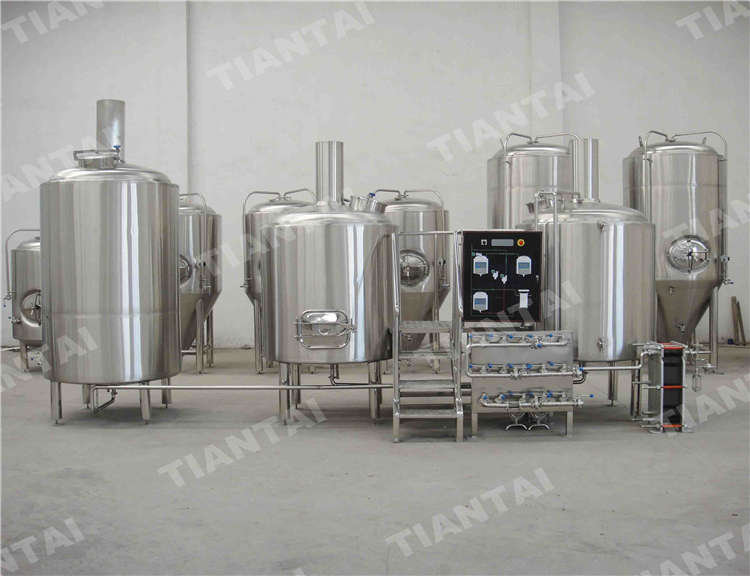When you step into a bar or restaurant with its own brewery, it’s more than just a place to grab a drink—it’s a glimpse into a world where beer becomes an art form. Understanding the differences between various brewery types can enrich your experience and appreciation for craft beer.

1. Brewpub: Where Food Meets Brew
Brewpub blends the best of both worlds: a restaurant and a brewery under one roof. Here, at least a quarter of the beer is sold directly on-site, often poured straight from fermenters or bright beer tanks. This not only enhances the ambiance but also lets patrons witness the brewing process firsthand. Alongside great food offerings, brewpubs create an authentic atmosphere favored by craft beer enthusiasts. Depending on local regulations, some brewpubs also offer takeaway options and distribute their brews beyond their own walls.

2. Taprooms: Showcasing Pure Brew Excellence
Taprooms share similarities with brewpubs by selling a significant portion of their beer on-site, but they skip the extensive food menus. Instead, taprooms focus squarely on presenting and serving their own brews. They often feature a variety of beers, from classic styles to innovative creations, served in a setting designed to highlight the beer-drinking experience. Like brewpubs, taprooms may also offer to-go options and distribute their products to other venues.

3. Craft Breweries: Where Innovation Meets Tradition
Craft breweries epitomize beer as an artisanal pursuit, emphasizing quality, innovation, and community connection. These breweries produce beer on a smaller scale than their large corporate counterparts, focusing on unique interpretations of traditional styles and novel flavor combinations. Craft brewers are deeply embedded in their local communities, often supporting charitable causes and community events. They cultivate a personalized customer experience, offering beers that range in flavor from robust and bold to subtle and refreshing.
4. Microbreweries: Crafting Small Batches with Big Flavor
Microbreweries, defined by their modest annual output, dedicate most of their beer to off-site sales. These breweries prioritize quality over quantity, allowing them to experiment with flavors and ingredients in ways that larger operations cannot. Microbreweries often source local ingredients, contributing to sustainability efforts and supporting regional economies. They are hubs of innovation, crafting small batches that appeal to beer enthusiasts seeking distinct flavors and experiences.
Conclusion: Embracing Diversity in the Beer Scene
Each type of brewery offers a unique experience, from the intimate setting of a brewpub to the innovation hub of a craft brewery and the flavor-rich world of microbreweries. Exploring these establishments not only introduces you to new flavors but also supports local economies and celebrates the artistry of brewing. Whether you prefer a pint at a bustling brewpub or a flight of samples at a cozy taproom, the diversity within the beer industry ensures there’s something for every palate and preference. Cheers to exploring new tastes and supporting local brewers!


